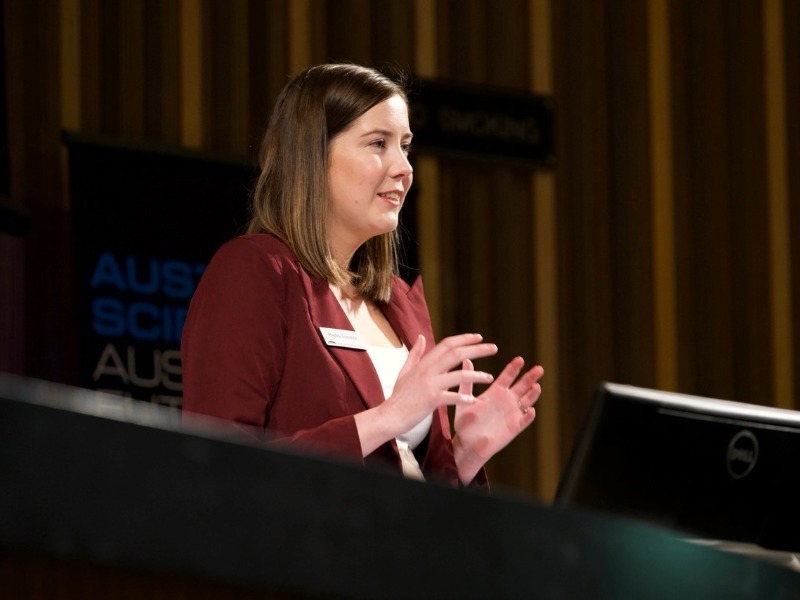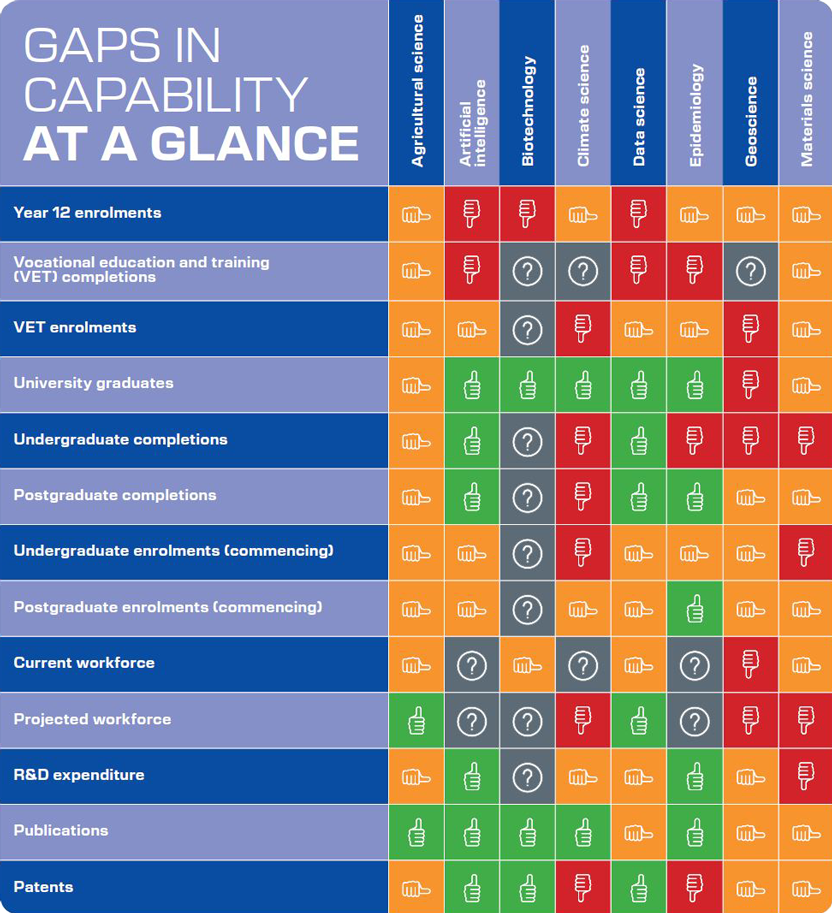
The recently launched report Australian Science Australia’s Future: Science 2035 uses a novel method to address a critical gap in science policy: how to measure and predict a country's future scientific capability against its national ambitions.
The methodology was developed by the Australian Academy of Science and combined foresight techniques, qualitative research methods, and data forecasting to create a comprehensive evidence base for Australia’s scientific capability.
Head of Science Policy and Advice at the Australian Academy of Science, Dr Hayley Teasdale, said “Consultations with Learned Academies, Royal Societies and colleagues worldwide revealed this approach had not been taken before.
“This report seeks to raise the bar for the types of evidence that policymakers can seek to inform their decision-making,” Dr Teasdale said.
“We have made the method entirely transparent, and repeatable, in the hope it can be replicated in other sectors,” she said.
The Academy brought together Learned Academy Fellows, National Committees for Science members, and other leading experts across three challenge areas.
It also consulted outside the science sector with those on the demand side of science.
Expert workshops identified eight science capabilities growing most in demand: agricultural science, artificial intelligence, climate science, biotechnology, data science, epidemiology, geoscience, and materials science.
A breakthrough moment came during one of the workshops when Professor Rob Hyndman FAA FASSA suggested forecasting what the scientific workforce would look like in 2035, rather than relying solely on historical data.
Professor Hyndman developed a formula incorporating five key inputs: working population by discipline, graduates by discipline and age, mortality data, retirement intentions, and estimated net migration.
This approach generated 500 simulations of future population scenarios for each scientific discipline in Australia, revealing concerning trends about workforce sustainability.
The method’s strength lies in its comprehensive data collection and cross-validation approach.
The Academy’s policy team assembled information from education systems spanning primary school through university, workforce employment patterns, research publications and collaborations and funding expenditure across all sectors.
Expert workshops brought together Academy Fellows, National Committee members, and leading external experts to validate findings and identify knowledge gaps that quantitative data alone could not fill.
Academy Fellows also engaged with Indigenous scientists in a series of yarns to gather a range of Aboriginal and Torres Strait Islander perspectives on the future of science which also helped inform the report.
“We did what the Academy does best: convene expertise and produce evidence to inform decision making,” Dr Teasdale said.
The report includes an accessible and intuitive colour rating system.
Green indicates no capability gap is expected by 2035, orange suggests some existing gaps with likely future shortfalls, and red signifies existing gaps with certain future problems if the causes aren’t addressed.
Then there is the fourth category – the grey question mark. For Dr Teasdale, “this is the most interesting one. It means that we have insufficient data or codes to define this capability, which makes it more difficult to measure.”

The report and the novel methodology developed to produce it represents more than an academic exercise.
By providing systematic evidence about future science capability needs, we offer policymakers a tool to make informed decisions about education and industry investment, immigration policy, and research funding priorities.
Dr Teasdale said this type of analysis can only happen somewhere like the Australian Academy of Science.
“This was made possible by the unique combination of expertise in our fellowship and our secretariat, in research methods, science policy, convening science advice, communicating science, and of course, the deep expertise in science itself.”
As countries worldwide grapple with similar questions about maintaining scientific competitiveness and capability, this transparent and repeatable methodology is a valuable template for developing evidence-based science policy.
The full method can be found in Appendix A (pg. 76) Australian Science, Australia’s Future: Science 2035 – full report
© 2025 Australian Academy of Science